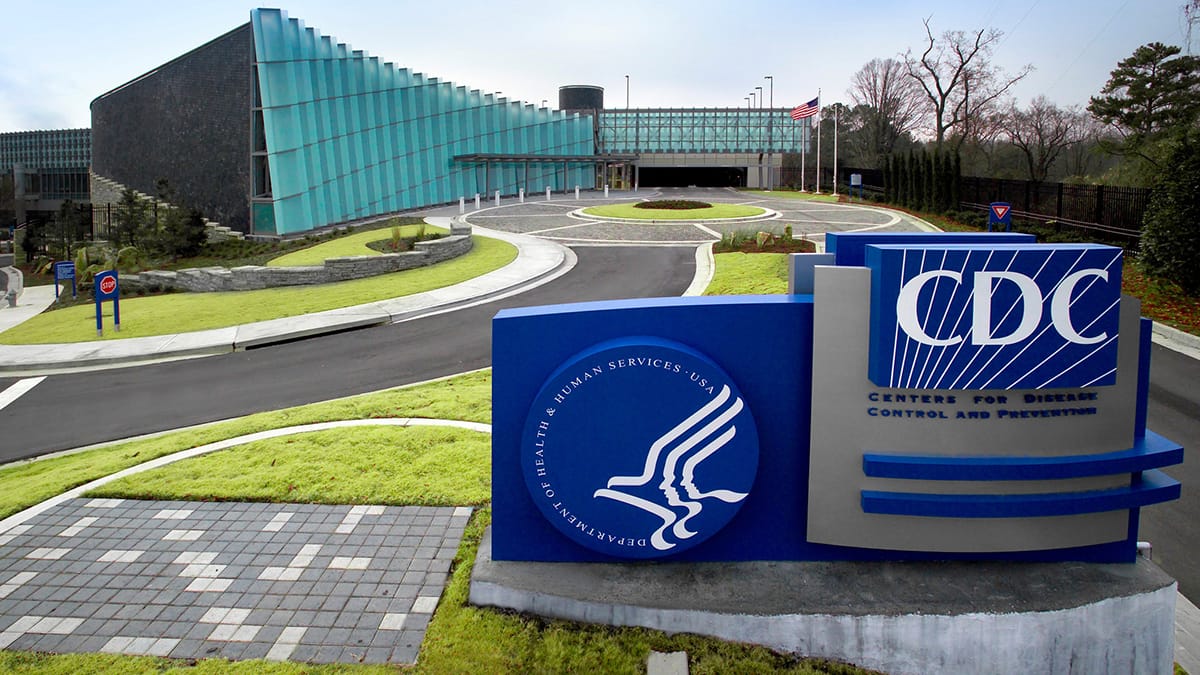Funding Delays Disrupt Critical Overdose Prevention Programs
The U.S. Centers for Disease Control and Prevention has signaled that the long-delayed Overdose Data to Action (OD2A) program will finally receive full funding ahead of a key budget deadline. Sources within CDC confirmed that previously withheld funds—rumored to be around $140 million—have been unfrozen, allowing state and local health departments to resume operations tackling fentanyl, methamphetamine, and other drug-related deaths. This completes the delivery of originally allocated resources after months of uncertainty.
Without sustained funding, many local agencies were unable to issue award notifications essential for reimbursing organizations for overdose prevention work. State health departments—such as in Alabama—rely heavily on federal support, receiving more than two-thirds of their operating budgets from CDC grants. As described by CDC officials, the agency was functioning on a perilous financial cycle, receiving just enough money each month to meet payroll and critical expenses.
Ongoing Concerns Over Funding Freezes for Key Health Programs
In addition to OD2A, multiple programs within CDC’s National Center for Chronic Disease Prevention and Health Promotion have also had their budget lines frozen by the Office of Management and Budget. These include initiatives related to tobacco use, nutrition, diabetes prevention, obesity education, oral health, epilepsy, and school health. Programs focused on youth violence, firearm injury prevention, and adverse childhood experiences have similarly been impacted. Stakeholders from the Safe States Alliance have raised concerns that these freezes undermine long-term prevention strategies and leave vulnerable populations without critical support.
Broader Consequences for Public Health and Trust
Public health advocates emphasize that even if funds are eventually released, the damage of delayed support is real. Some departments have resorted to layoffs in anticipation of cuts, only to receive the withheld money weeks later—leaving staff and communities in disarray. CDC insiders characterize the funding process as opaque and unstable, with multiple programs receiving full staffing despite inactive budgets and unclear justification from the Office of Management and Budget.
State and local officials stress that confidence in federal grant reliability is critical. If such disruptions become routine, mental health, infectious disease response, and prevention efforts could be destabilized across the country.



